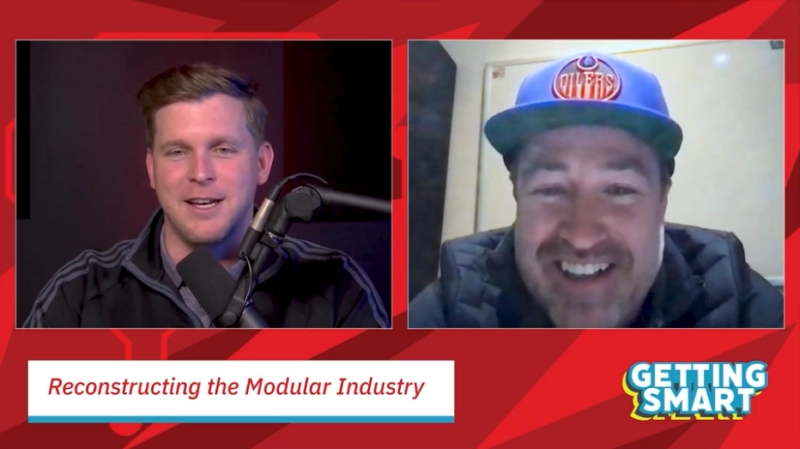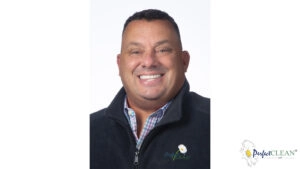Comparing Vacuum Insulated Panels (VIPs) to Structured Insulated Panels (SIPs)
Ever wondered if you could use the insulation technology used in your YETI in a walk-in? The kind used in YETIs is vacuum-sealed insulation (VIP) which is also the same as what’s used in your refrigerator at home. This process works fine for those situations but not in commercial applications which is required to stand up to building codes and environmental factors. Instead, the better option is structural insulated panels (SIPs). Let’s dig into why this is the case.
VIPs vs. SIPs
VIP construction uses gas-tight enclosures surrounding a rigid core. Air in this instance is evacuated. Membrane walls prevent any air infiltration. The rigid core could be made of fumed silica, aerogel, glass fiber, or perlite. This core supports the membrane walls and shields the walls against atmospheric pressure once all the air is gone. There are chemicals, known as getters, which collect gases from the membrane. These are then added to the VIPs with glass-fiber or form cores.
SIPs have a much different construction. The structure is considered sandwich-structured. First, there is an insulating layer of rigid core. It is sandwiched between two layers of structural board. This board can be made of many materials like sheet metal, foam, or even cement. You can compare the structural integrity of the SIP to an I-beam. The true difference is that the core of a SIP acts as a web. The sheathing is used as flanges. Overall, the workings of the SIP employ a vapor and air barrier solution.
VIPs Lack Structural Integrity
Even though your YETI seems tough, it would not pass structural integrity tests. While VIPs have a high R-value, they do not have the structural integrity of the SIP. If a VIP was used in a commercial setting, it would require additional steps after manufacturing to create the structural integrity before it could pass wind loads and other structural forces.
Even if you could envelop the VIP for structural integrity, any benefit would be lost in the installation. The vacuum is lost after any type of penetration (installing a jbox or a drain line). So, adding to it basically breaks the seal. Even worse, you wouldn’t necessarily know the seal was broken until maintenance issues arise, just as you don’t know you have a leaky roof until it rains.
SIPs Stand Up to Commercial Environments
SIPs have many different configurations and materials, but each one still brings structural integrity to the project. SIPs can perform against multiple types of challenges. From wind loads to air pressure, SIPs stand up to most any real-world occurrence they may face. This design ensures they will meet the needs of the commercial walk-in cooler industry. The foam creates a fused panel because it glues the frame and the metal together. The insulating panel is one integrated piece that provides the structural quality required.
SIP Foam Options
As mentioned above, foam is an important part of the SIP fused panel. There are two foam options most often used: polyurethane and extruded polystyrene (XPS). Polyurethane foam results in a lightweight, low cost amalgamated panel. The structure bonds and cures as one. Polyurethane is advantageous because if its high R-Value, which can be up to R-8.06 per inch thickness. It also retains high thermal performance better than alternatives. XPS is an inferior option and why KPS Global® uses polyurethane foam in its panels.
Get more detailed information on these two foam types in this comparison here and reach out to the experts at KPS Global to discuss the best product for your commercial application.
Read more at kpsglobal.com









